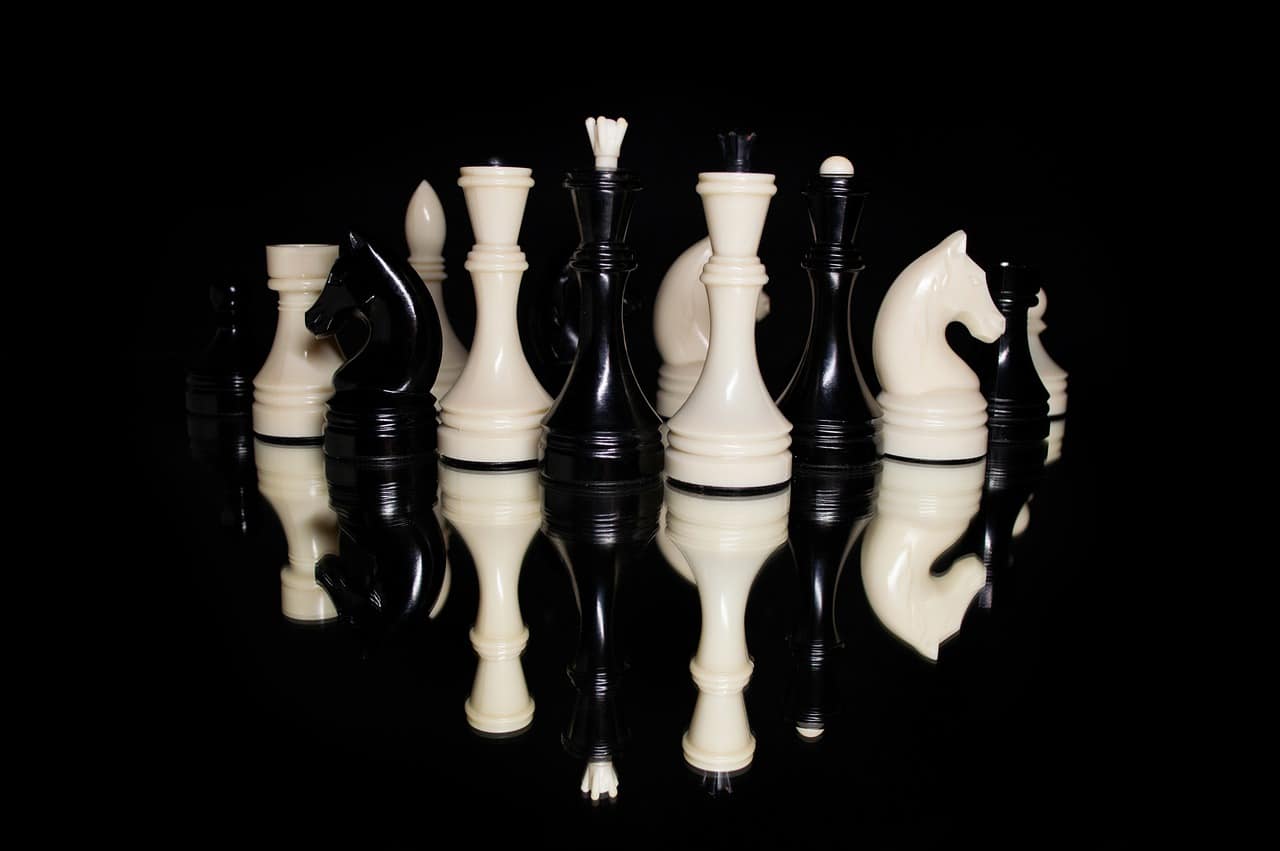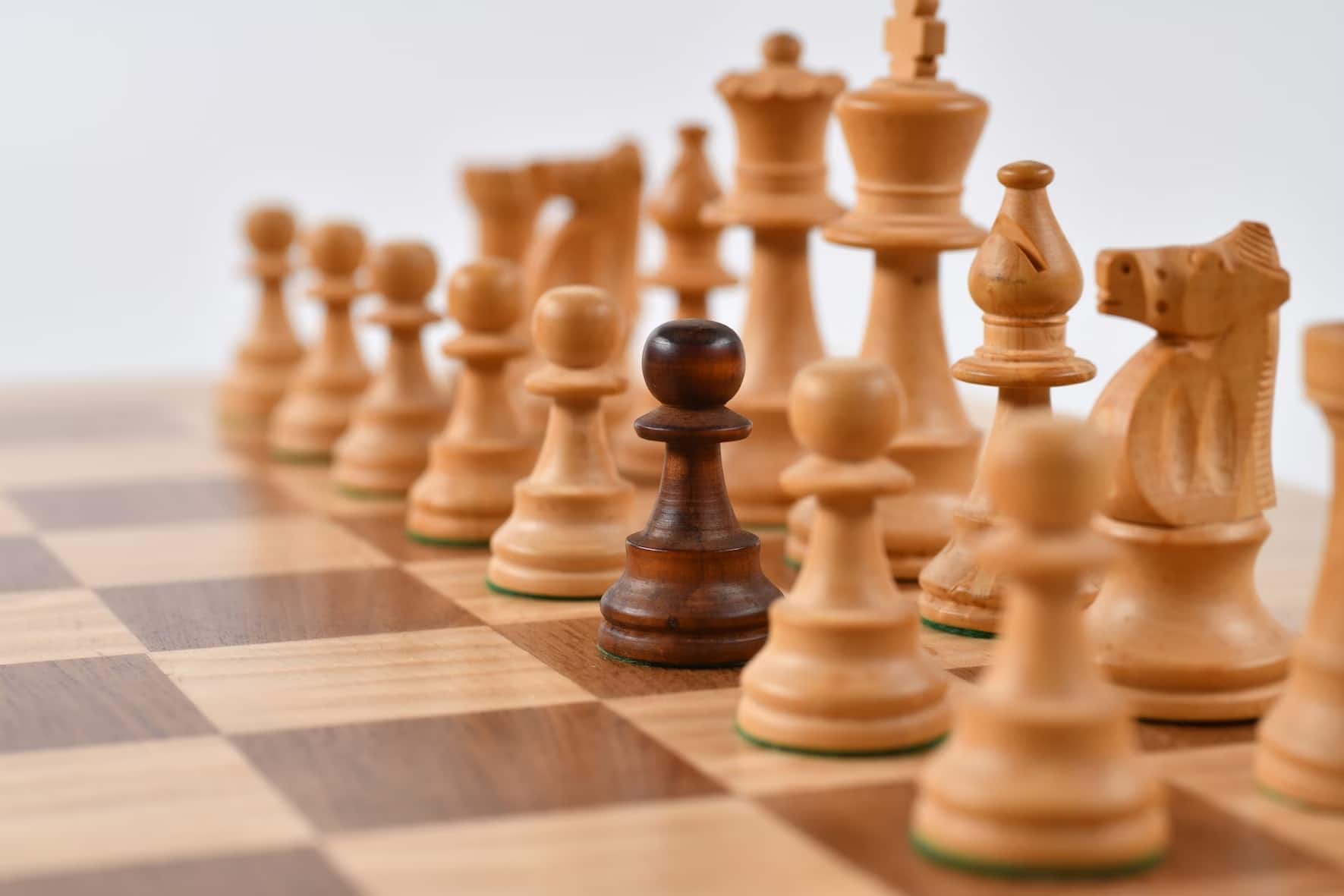The FIDE Candidates Tournament is regarded as one of the most elite tournaments in world chess, and many rank its prestige just after the World Chess Championship. Regardless of the lengthy break, the top players in contention did not fail to provide a spectacle for their audience. In this piece, we would continue from our recently written April opening novelties and take a further look at a handful of opening novelties and the influence of these opening novelties in the games.
-
Table of Contents
Grischuk vs A. Giri : Opening Novelties #1
- d4 Nf6 2. c4 e6 3. Nf3 b6 4. g3 Bb7 5. Bg2 Bb4+ 6. Bd2 c5 7. Bxb4 cxc4 8. 0-0 0-0 9. Nbd2 d6 10. Qb3 a5 11. a3 Na6 12. Rfd1 Qe7 13. Ne1 Bxg2 14. Kxg2!?N (Nxg2 has been played before)
This move is an interesting move that slightly pokes the “king safety” strategy in the eye. The more logical Nxg2 forces the knight to move to a square where its development is hindered. The h4, f4 and e3 squares from the g2 square do not seem to do much for white in terms of attacking threats and general development unless the knight would retreat to the e1 square in search of better squares for development. This retreat would make white lose a valuable tempo which, at such a high level of world chess, could prove costly.
Owing to the kxg2 novelty, GM Grischuk’s knight on the e-file was able to proceed to the better c2-square that provided more manpower to the queenside where black has a file having double pawns. The overall creativity of the Russian powerhouse proved to be decisive as he managed to navigate his way to a fine win against one of the tournament’s high-flying performers.
This is the whole game:
[Event “FIDE Candidates 2020”]
[Site “Yekaterinburg RUS”]
[White “Grischuk, Alexander”]
[Black “Giri, Anish”]
[Result “1-0”]
[WhiteElo “2777”]
[BlackElo “2763”]
[Opening “Queen's Indian”]
[Variation “Capablanca variation”]
1. d4 Nf6 2. c4 e6 3. Nf3 b6 4. g3 Bb7 5. Bg2 Bb4+ 6. Bd2 c5 7. Bxb4 cxb4 8. O-O
O-O 9. Nbd2 d6 10. Qb3 a5 11. a3 Na6 12. Rfd1 Qe7 13. Ne1 Bxg2 14. Kxg2 (N) h5 15.
Nc2 bxa3 16. bxa3 Rab8 17. e4 e5 18. Qd3 Nc7 19. Rab1 Ne6 20. Rb5 Rfe8 21. h4 g6
22. f3 Nd7 23. Nf1 exd4 24. Nxd4 Ne5 25. Qe2 Nxd4 26. Rxd4 Nc6 27. Rd1 Qe6 28.
Ne3 Ne7 29. Qd2 f5 30. Qxd6 Nc6 31. exf5 gxf5 32. Qxe6+ Rxe6 33. Nxf5 Ne5 34.
Rd6 Ree8 35. Rd4 Nc6 36. Rd2 Rbd8 37. Rxd8 Rxd8 38. Rd5 Rxd5 39. cxd5 Ne5 40.
Nd6 Kf8 41. Kf2 Ke7 42. Nb5 Kf6 43. Ke3 Kf5 44. Nd6+ Kf6 45. Ke4 Nd7 46. Kd4 Ke7
47. Nb5 Kf6 48. Nc3 Kf5 49. Ne4 Kg6 50. g4 b5 51. Nc5 1-0
2. Nepomniachtchi vs M. Lagrave : Opening Novelties #2
- Nf3 Nf6 2. c4 b6 3. g3 Bb7 4. Bg2 g6 5. d4 Bg7 6. d5 Na6 7. Nc3 Nc5 8. 0-0 0-0 9. Qc2 a5 10. Rd1!?N (10. e4 has been played before)
In a game that sealed his match against the reigning World Champion Magnus Carlsen, Ian Nepo played a novelty that was good enough to seal a draw and hence, earn him his famous qualification. Nepomniachtchi preferred Rd1 to the more traditional e4 -e5 forcing the knight on the f-file to retreat to the bankrank—enforcing white’s command of the centre. Rd1 is an innovative move that amplifies pressure on the queenside in alliance with the fianchettoed bishop on g2. The move threatens to open the d-file in the long run. With the game ending in a draw by repetition, this novelty move doesn’t seem to pack as much punch as one would expect.
This is the whole game:
[Event “FIDE Candidates 2020”]
[Site “Yekaterinburg RUS”]
[White “Nepomniachtchi, Ian”]
[Black “Vachier-Lagrave, Maxime”]
[Result “1/2-1/2”]
[WhiteElo “2774”]
[BlackElo “2767”]
[Opening “English opening”]
1. Nf3 Nf6 2. c4 b6 3. g3 Bb7 4. Bg2 g6 5. d4 Bg7 6. d5 Na6 7. Nc3 Nc5 8. O-O
O-O 9. Qc2 a5 10. Rd1 Ne8 11. Bf4 Nd6 12. b3 Re8 13. Be5 e6 14. Bxg7 Kxg7 15.
Rab1 e5 16. Nd2 f5 17. a3 Qf6 18. b4 axb4 19. axb4 Na6 20. e4 f4 21. Ne2 fxg3
22. fxg3 c5 23. bxc5 Nxc5 24. Rxb6 Qd8 25. Rdb1 Qc7 26. Nc3 Rf8 27. R6b2 Ba6 28.
Nd1 Rab8 29. Rxb8 Rxb8 30. Rxb8 Qxb8 31. Qb2 Qxb2 32. Nxb2 Nc8 33. Kf2 Nb6 34.
Bf1 d6 35. Ke3 Kf6 36. Be2 Ke7 37. Nb1 Bc8 38. Nc3 Bd7 39. Bd1 Be8 40. Bc2 Bd7
41. Bd1 Be8 42. Bc2 1/2-1/2
3. Kirill vs L. Ding : Opening Novelties #3
- e4 e5 2. Nf3 Nc6 3. Bc4 Nf6 4. d3 Bc5 5. c3 d6 6. 0-0 0-0 7. h3 h6 8. Re1 a5 9. b3 Bb6 10. Nbd2 Be6 11. Nf1 d5 12. exd5 Nxd5 13. Qc2N (Bd2 had been played before)
In arguably the most intriguing game of round 13, Russian Grandmaster Alekseenko Kirill who qualified for the prestigious tournament through the wild card system played this interesting novelty that many would classify as “conservative”. GM Kirill with the white pieces played Qc2. Is it worthy of its novelty stamp? We’ll see.
As many would expect in the opening, good players seize every opportunity to develop their pieces; here, rather than playing the natural Bd2 which not only develops the inactive queenside bishop but also protects the c3 pawn preventing a knight capture. White, instead goes for Qc2 which also protects the c3 pawn but what are the other motives behind this move?
Bd2 would only slightly develop the bishop as most of the squares on the c1-h6 diagonal are dominated by black. On the d1-h5 diagonal, there doesn’t seem to be much activity either—not currently and also looks unlikely to yield dividends in the future. By playing Qc2, white seeks a long term advantage using the a3-f8 diagonal through Ba3 which was eventually played at some point in the game.
Black’s b-pawn would have been a huge determinant in decimating the power of white’s bishop on that diagonal, but it is obstructed by black’s bishop on b6. Although Qc2 is a move that gives room for many possibilities, white’s inability to make the best of the position resulted in a loss after GM Ding had the white king cornered and following a failed perpetual check attempt by GM Kirill, white resigned.
This is the whole game:
[Event “FIDE Candidates 2020”]
[Site “Yekaterinburg RUS”]
[White “Alekseenko, Kirill”]
[Black “Ding, Liren”]
[Result “0-1”]
[WhiteElo “2698”]
[BlackElo “2805”]
[Opening “Giuoco Pianissimo”]
1. e4 e5 2. Nf3 Nc6 3. Bc4 Nf6 4. d3 Bc5 5. c3 d6 6. O-O O-O 7. h3 h6 8. Re1 a5
9. b3 Bb6 10. Nbd2 Be6 11. Nf1 d5 12. exd5 Nxd5 13. Qc2 Qf6 14. Ng3 Qg6 15. Kh2
Rad8 16. Ba3 Rfe8 17. Nxe5 Nxe5 18. Rxe5 c6 19. Bxd5 Rxd5 20. Rxd5 Bxd5 21. c4
Be6 22. Re1 Rd8 23. Ne4 Bc7+ 24. Kh1 Qh5 25. Re3 Qe5 26. Ng3 Qa1+ 27. Kh2 Qf6
28. Bb2 Qg6 29. Kh1 Bb6 30. Rf3 Bc7 31. Bc3 b5 32. Qe2 bxc4 33. bxc4 a4 34. Qe3
Qg5 35. Qe1 Qg6 36. Qe3 Qg5 37. Qe1 Qg6 38. Qe2 a3 39. Bb4 Rb8 40. Qe1 Rd8 41.
Qc3 h5 42. Bxa3 h4 43. Ne2 Bf5 44. Nd4 Be4 45. dxe4 Qxe4 46. Rd3 Be5 47. Bc5 Rb8
48. Bb4 Rxb4 49. Qxb4 Qxd3 50. Nf3 Qf1+ 51. Ng1 Bd4 52. Qb8+ Kh7 53. Qf4 Bxf2
54. Qf5+ Kh6 55. Qf4+ Kg6 56. Qg4+ Kf6 57. Qf4+ Ke6 58. Qe4+ Kd6 59. Qf4+ Kc5
60. Qe5+ Kxc4 61. Qe4+ Kb5 0-1








